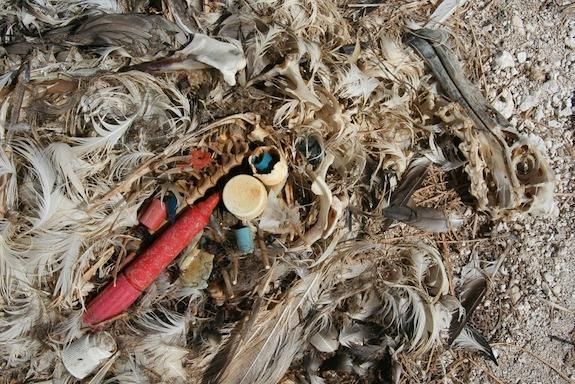High Levels of Plastic and Debris Found in Waters off of Antarctica
In the world’s most remote ocean waters, researchers discovered unexpectedly high levels of plastic pollution
/https://tf-cmsv2-smithsonianmag-media.s3.amazonaws.com/filer/20121003094202Antartica_satellite-small.jpg)
A little over two years ago, marine researchers set sail aboard the French schooner Tara as part of a plan to create the first comprehensive global picture of plankton ecosystems. By the time the journey concluded earlier this year, they had observed roughly 1 million previously unidentified species of plankton, giving an unprecedented window into the diversity of marine life at the most basic level of the food chain.
Unfortunately, the group’s findings weren’t all rosy. If, as they note, “studying plankton is like taking the pulse of our planet,” then Tara‘s journey also included the discovery of something like an irregular heartbeat. Last week, the researchers revealed that while collecting samples in the Southern Ocean (the waters that encircle Antarctica), they detected remarkably high levels of plastic pollutants in a habitat that was widely considered to be unspoiled.
“We had always assumed that this was a pristine environment, very little touched by human beings,” Chris Bowler, one of the team’s scientists, told The Guardian. ”The fact that we found these plastics is a sign that the reach of human beings is truly planetary in scale.”
The researchers expected to find some level of plastic in the waters, as all of the world’s oceans contain pieces of plastic debris—most are microscopic particles that result from the degradation of objects like plastic bags and bottles. But the team’s samples, collected from four different locations in the Southern Ocean and Antarctica, revealed concentrations of plastic far higher than they would have predicted: roughly 50,000 fragments per square kilometer, a figure that was considered a “high” amount just a couple of years ago but is now simply the world average for oceanic plastic concentration. The group says that they had expected to find concentrations of plastic somewhere around 5,000 fragments per square kilometer in the remote waters near Antarctica.
Although the Great Pacific Garbage Patch is the most notorious area of concentrated waste debris in the ocean, the North Atlantic and North Sea are also home to high amounts of floating plastic and garbage. What makes the discovery of such debris near Antarctica such a concern is that, unlike these areas near Europe and Asia, the Southern Ocean is distant from most human activity, indicating just how far this type of pollution has spread over time.
“Discovering plastic at these very high levels was completely unexpected because the Southern Ocean is relatively separated from the world’s other oceans and does not normally mix with them,” Bowler said. It’s difficult to know exactly where the plastic in these waters originated, but based on ocean currents, the Tara researchers speculate that the majority came from Australia, Africa and South America.
Floating plastic debris harms wildlife in a number of ways. For birds and fish, larger pieces are mistaken for food, and consumption of enough plastic can be toxic. On the Midway Islands, nearby the Great Pacific Patch, researchers have determined that all 2 million resident Laysan albatrosses have some quantity of plastic in their stomach, and that about a third of albatross chicks die due to being mistakenly fed plastic by their parents.

On a smaller level, UV light and the salt in seawater cause microscopic particles of plastic to emit toxic chemicals such as PCBs and DDT. When ingested by many types of marine species, these can be mistaken for estradiol, a sex hormone, causing a variety of symptoms related to endocrine disruption. Additionally, the chemicals tend to bioaccumulate in organisms as they move up the food chain, and can eventually lead to tainted populations of fish that humans regularly consume.
These sorts of problems have led Charles Moore, an oceanographer and racing boat captain who played a significant role in discovering and publicizing the great Pacific Garbage Patch, to argue that plastic pollution has become a more urgent problem for ocean life than climate change. “The sad thing is we thought Antarctic waters were clean,” he told the Australian Associated Press after the Tara‘s findings were announced. ”We no longer have an ocean anywhere that is free of pollution.”
/https://tf-cmsv2-smithsonianmag-media.s3.amazonaws.com/accounts/headshot/joseph-stromberg-240.jpg)
/https://tf-cmsv2-smithsonianmag-media.s3.amazonaws.com/accounts/headshot/joseph-stromberg-240.jpg)